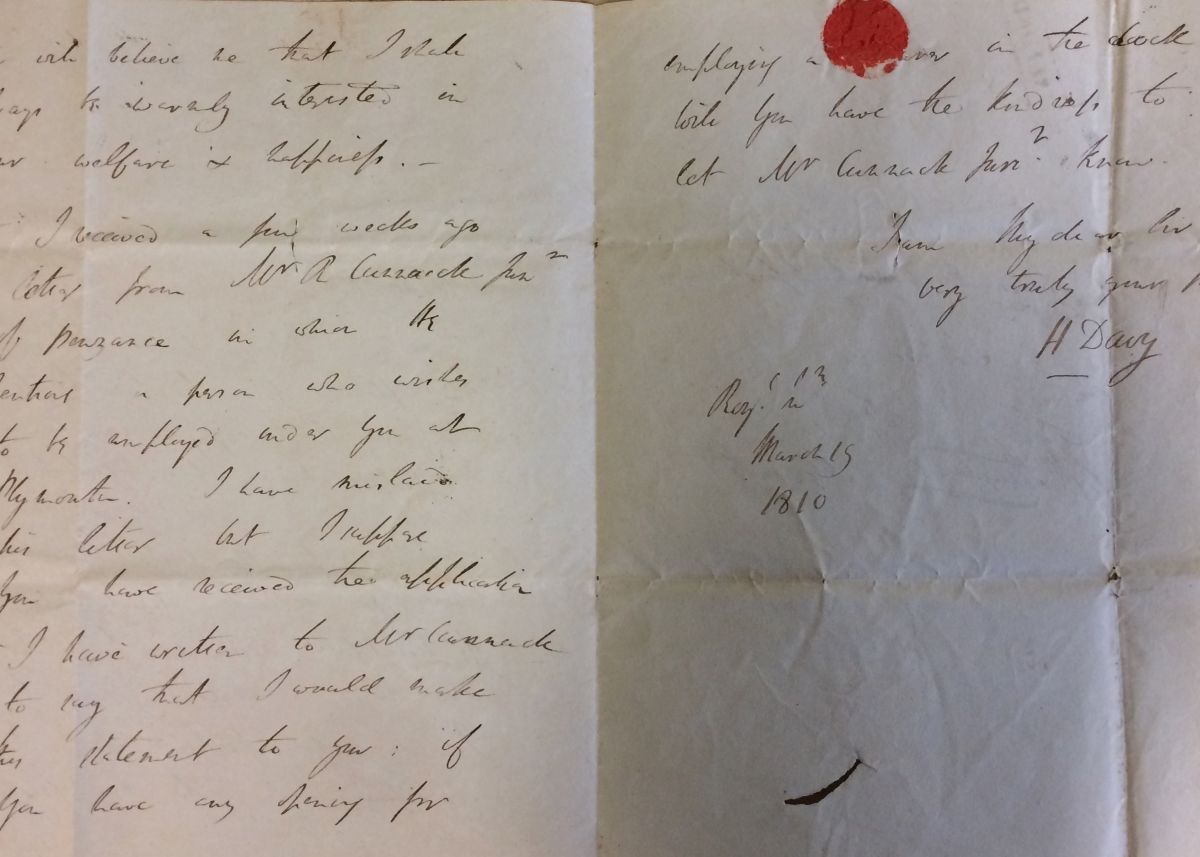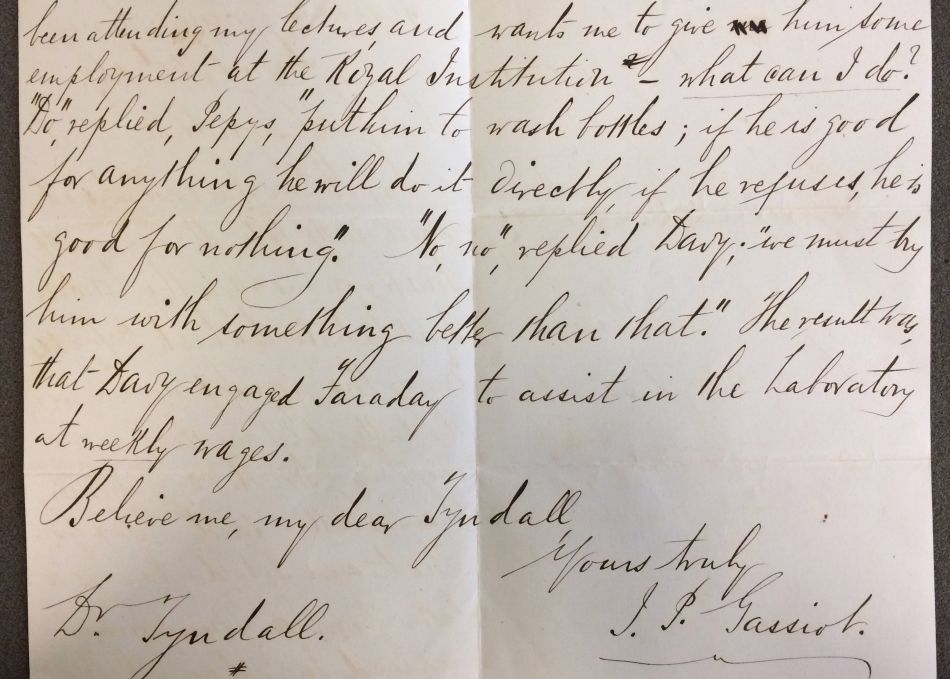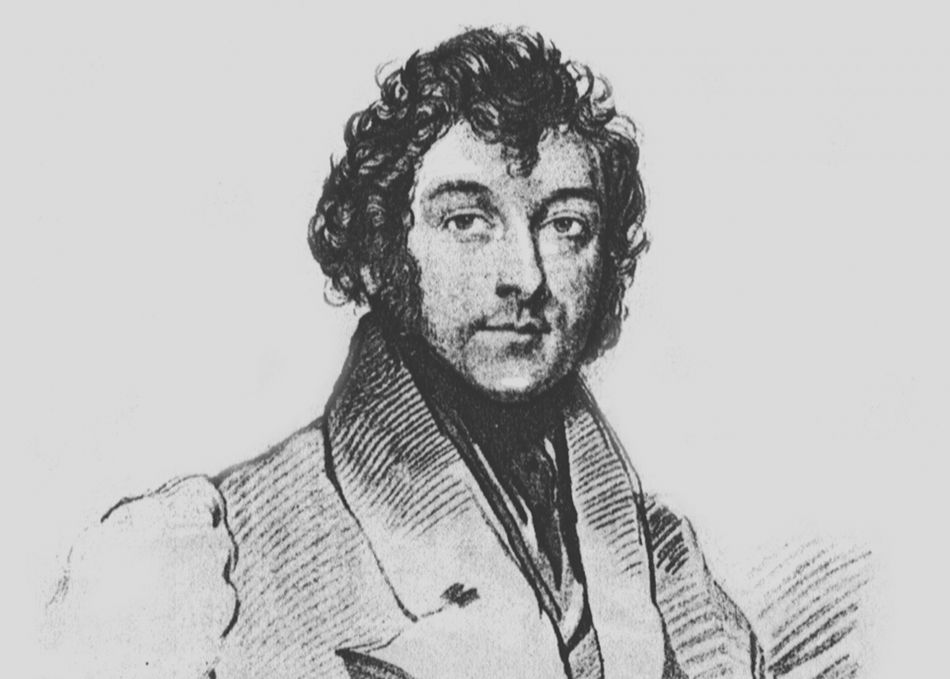Early life
Sir Humphry was born in Penzance. He first went to school there, and later studied in Truro. However, his teachers didn’t think that he was very clever. After leaving school, he became an assistant surgeon in Penzance. As a young man, he wrote poetry and painted.
Laughing gas
Sir Humphry became very interested in science and experiments. In 1798, he got a job in a laboratory in Bristol. There he became friends with the famous poet Samuel Taylor Coleridge. Sir Humphry and Samuel experimented with ‘laughing gas’ (nitrous oxide), which had a drug-like affect when breathed in. The results of Sir Humphry’s experiments with heat, light and gas were published in 1799.
A celebrity!
In 1801, Sir Humphry became a lecturer at the new Royal Institution in London. This was an important place dedicated to scientific research and education. His lectures often involved exciting experiments and they began to attract large audiences of men and women. He was a scientific celebrity! Sir Humphry was made Professor of Chemistry at the Royal Institution in 1802.
Chemical elements and the safety lamp
At the Royal Institution, Sir Humphry identified various chemical elements including sodium, potassium, calcium, magnesium, boron, barium and strontium. As a reward for this, Sir Humphry was given a knighthood in 1812.
In 1815, Sir Humphry invented his safety lamp. This was a light used by men working in coal mines. Providing lighting in the mines was difficult because they contained gases that exploded when they came into contact with a flame. Sir Humphry designed his lamp so that the flame was inside, and could not mix with the dangerous gases. His invention saved the lives of many coal miners.

Legacy
In 1820, Sir Humphry became President of the Royal Society. This was an old and important organisation that encouraged science and invention. Sir Humphry also helped set up the Zoological Society of London, which now runs London Zoo. He died when he was only 50 and is celebrated with a life-sized statue in Penzance. A school, a pub, other buildings and roads have been named after him.
Sir Humphry’s life is explored in Laughing Gas, the last play written by Nick Darke.

Cornwall Record Office (Kresen Kernow)
Did you know?
The Davy crater on the moon is named after Sir Humphry!






















